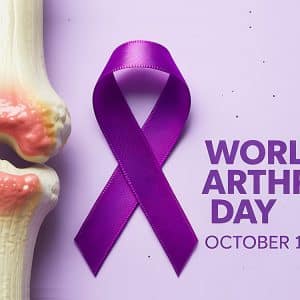Carpal tunnel syndrome is a medical condition that occurs when the median nerve is compressed as it passes through the carpal tunnel in the wrist. This nerve is responsible for sensation and movement in parts of the hand, particularly the thumb, index finger, middle finger, and a portion of the ring finger.
Causes
1. Repetitive strain: Activities such as long hours of typing or frequent use of hand tools.
2. Injuries: Wrist fractures or inflammation.
3. Chronic conditions: Diabetes, rheumatoid arthritis, and hypothyroidism.
4. Pregnancy: Hormonal changes may cause fluid retention and tissue swelling.
Symptoms
1. Numbness or tingling: Especially in the affected fingers.
2. Pain: May radiate up to the forearm or shoulder.
3. Hand weakness: Difficulty gripping objects.
4. Loss of sensation: If untreated, permanent nerve damage may occur.
Diagnosis
1. Clinical examination: Assessing symptoms and hand movements.
2. Nerve conduction study: Measures the speed of nerve signals.
3. X-ray or MRI: To rule out other causes such as fractures.
Treatment
1. Non-surgical options: • Wearing a night splint to keep the wrist stable.
• Non-steroidal anti-inflammatory drugs (NSAIDs).
• Physical therapy and hand exercises.
• Corticosteroid injections to reduce inflammation.
2. Surgery (if conservative treatment fails): A procedure to release pressure on the median nerve.
Prevention
• Reduce repetitive hand movements.
• Maintain proper wrist and hand posture while working.
• Take regular breaks during tasks.
• Do specific exercises to strengthen the hand muscles and support wrist health.
Wishing good health and safety to all
Dr. Mahdi Abd Al-Sahib
Orthopedician










